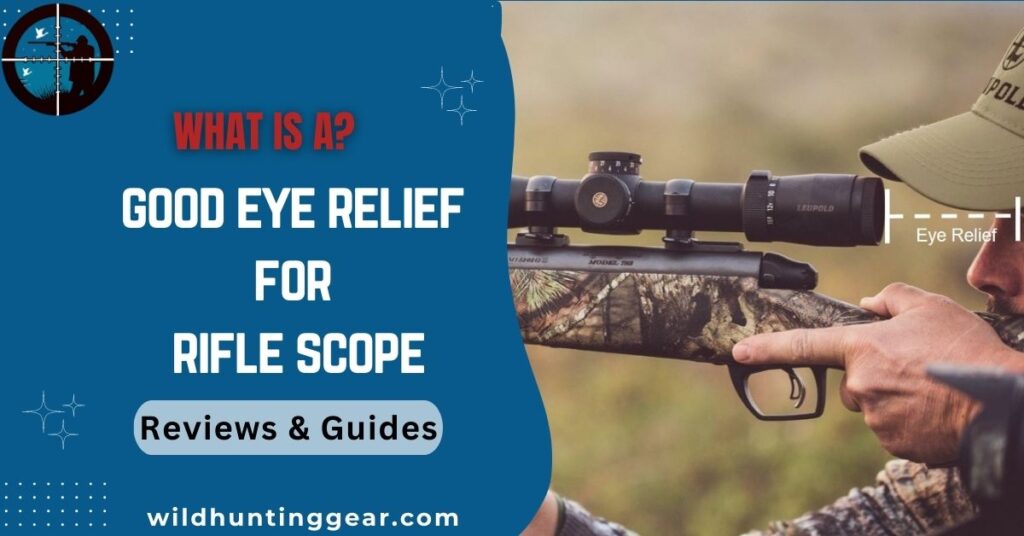Choosing the right rifle scope is an essential aspect of improving your shooting skills. Having a proper eye relief can vastly improve both the comfort and accuracy of your shot.
In this article, we aim to educate our readers about the concept of eye relief and its significance when selecting a rifle scope. We’ll explore various factors to consider when determining the ideal eye relief for your scope, as well as debunk common myths and misconceptions surrounding this topic.
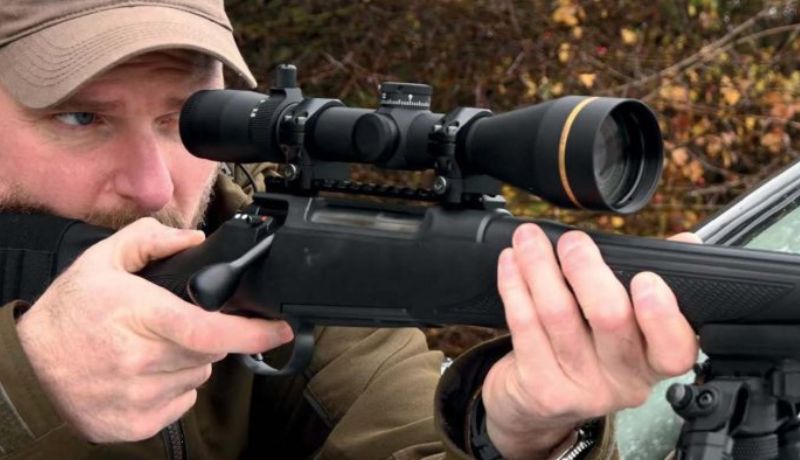
What is Eye Relief and how is measured
Eye relief is the distance between your eye and the ocular lens (the end of the scope closest to your eye) when you’re able to see the entire field of view without any obstructions. Maintaining the proper eye relief distance is crucial to ensure comfort, safety and accuracy while shooting.
Eye relief is typically measured in inches or millimeters and it can vary depending on the scope and your shooting preferences. To determine your proper eye relief, simply position your eye at a distance from the scope that allows for maximum clarity and field of view without distortion or dark rings around the edge.
What is a Good eye relief for a rifle scope?
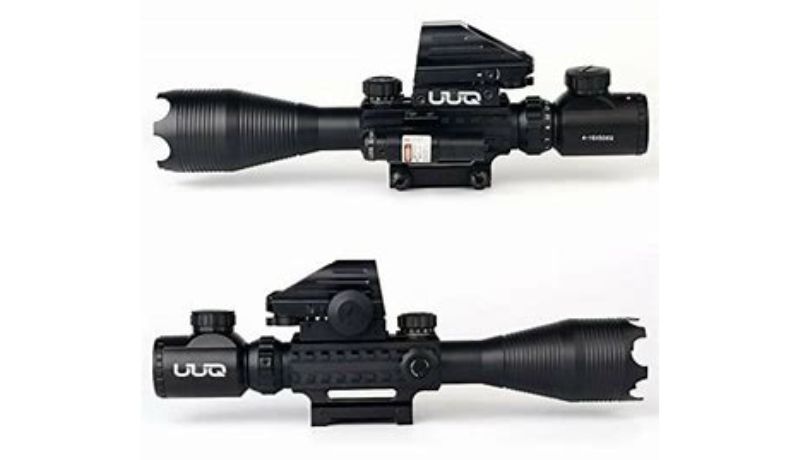
A good eye relief for a rifle scope typically falls within the range of 3 to 4 inches. This distance should prevent recoil-related injuries such as the dreaded “scope eye,” while also offering a sufficient field of view.
However, the ideal eye relief can vary based on factors including the rifle’s recoil, the shooter’s comfort level, and the shooting application. For instance, high-recoil firearms or shooting scenarios requiring rapid target acquisition may necessitate a greater eye relief.
Conversely, low-recoil firearms or precision shooting at long distances may allow for a shorter eye relief. It is essential to consider these variables to determine the optimal eye relief for your specific needs.
Factors Affecting Eye Relief
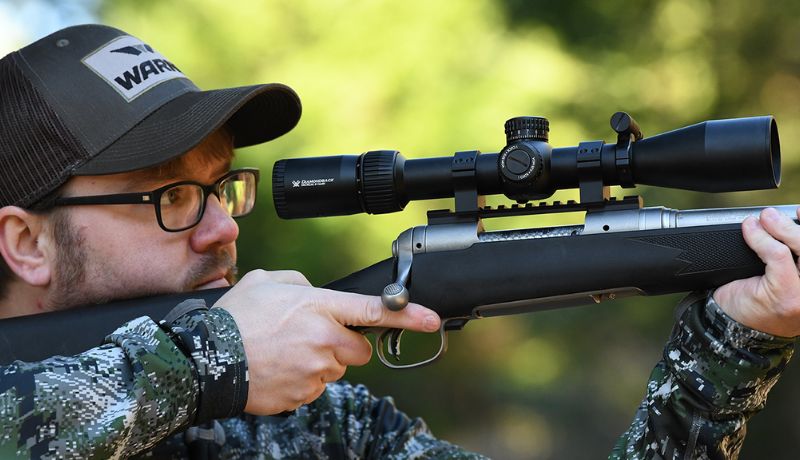
Several factors influence the eye relief distance scope. Here are some of the key ones:
- Type of Rifle: Different rifles have different recoils, and hence, the type of rifle you’re using will affect the eye relief distance. Higher recoil rifles generally require a larger eye relief.
- Scope Design: Different scope models have different eye relief distances. Some are designed to offer greater eye relief than others.
- Shooting Position: Your shooting position also affects the eye relief. Prone or bench-rest shooting positions usually require less eye relief than standing or sitting positions.
- Personal Preference: Every shooter has unique comfort levels and preferences, so what works for one person might not work for another. Some shooters prefer a larger eye relief for added safety and comfort.
- Prescription Glasses or Safety Eyewear: If you use glasses or safety eyewear while shooting, you may need to adjust the eye relief to accommodate them and ensure a clear field of view.
- Magnification Level: The level of magnification can also impact eye relief. Higher magnification scopes often have a shorter eye relief.
Effects of Proper vs. Insufficient Eye Relief
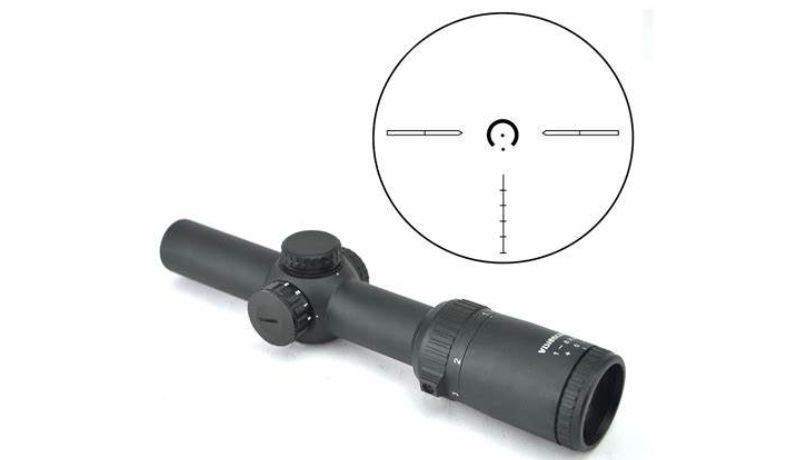
Proper eye relief
Proper eye relief has significant benefits. It safeguards the shooter’s eye from recoil-induced injuries, allows for rapid target acquisition, and improves shooting accuracy by providing a full, clear field of view. Furthermore, the right eye relief ensures comfortable extended shooting sessions, reducing eye strain and fatigue.
Insufficient eye relief
On the other hand, insufficient eye relief can lead to several issues. A too-close eye position increases the risk of a recoil-related injury referred to as “scope eye” or “scope bite,” where the scope can hit the shooter’s eyebrow or eye during the firearm’s recoil. Additionally, an improper eye relief might not provide a full field of view, potentially compromising the shooter’s accuracy.
It could also lead to quicker eye fatigue, making it uncomfortable for extended shooting periods. Therefore, taking the time to properly adjust eye relief can make a significant difference in both the safety and effectiveness of your shooting experience.
Determining the Ideal Eye Relief for Your Rifle Scope
Determining the ideal eye relief for your rifle scope involves several steps:
- Understand Your Rifle’s Recoil: First, assess the recoil of your firearm. High-recoil firearms generally require a larger eye relief to avoid injury and ensure comfortable shooting.
- Know Your Scope: Familiarize yourself with the specifications of your scope. Some scopes are designed to provide greater eye relief than others. Furthermore, understand whether your scope has a fixed or variable magnification, as this will influence eye relief.
- Consider Your Shooting Position: Your shooting position is another crucial factor. Prone or bench-rest positions usually demand less eye relief than standing or sitting positions.
- Factor in Personal Comfort and Safety: Each shooter possesses distinctive levels of comfort and individual preferences. Always prioritize safety and comfort over anything else.
- Wear Test: If you wear prescription glasses or safety eyewear while shooting, be sure to wear them during the testing phase. Their presence can influence eye relief.
- Adjust and Test: Adjust your scope’s eye relief and test it at different magnification levels, if applicable. The aim is to find a comfortable setting that gives you a full field of view without distortion.
Remember, the ideal eye relief varies from person to person. Therefore, don’t shy away from spending time experimenting with different settings until you find what works best for you. This trial and error process will result in a more comfortable and efficient shooting experience.
Selecting the Right Scope with Suitable Eye Relief
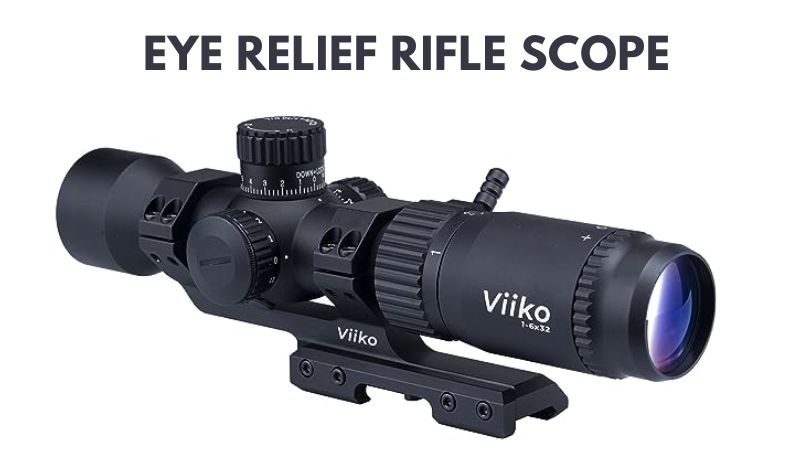
Choosing the right scope with suitable eye relief is crucial for a safe and comfortable shooting experience. Here are some tips to help you make an informed decision:
● Understand Your Needs: What type of shooting will you be doing – hunting, target shooting, or tactical? Your application will help determine the necessary eye relief.
● Research Different Brands and Models: Each scope manufacturer and model offer different eye relief distances. Look for brands that prioritize eye safety and comfort in their designs.
● Check Reviews and Recommendations: User reviews and expert recommendations can provide a wealth of information about a scope’s performance and comfort level.
● Try Before You Buy: Whenever possible, test different scopes in person. This way, you can adjust the eye relief and evaluate the scope’s comfort and suitability for your needs.
● Consider Your Budget: While it’s essential to invest in a good-quality scope, it’s equally important to stick within your budget. Balance cost with features and durability to ensure you get the best value for your money.
Remember, the ultimate goal is to find a scope that matches your shooting style, comfort level, and safety requirements. Do not rush the decision-making process; invest time in research and testing to settle on the perfect scope for your needs.
Wrap Up:
Eye relief is a vital aspect of a rifle scope that impacts a shooter’s safety, comfort, and accuracy. An optimal eye relief not only protects from recoil-induced injuries but also facilitates rapid target acquisition and prevents eye fatigue.
Therefore, when selecting a rifle scope, it’s crucial to take time to understand your shooting requirements, familiarize yourself with the scope’s specifications, and test different settings to find the most comfortable and safe setup.
Remember, the ideal scope is one that not only suits your individual needs but also ensures your safety during shooting sessions. As a piece of final advice, never compromise on your comfort and safety for cost. Investing in a good-quality scope that ensures the right eye relief is a worthy expenditure in the long run.
